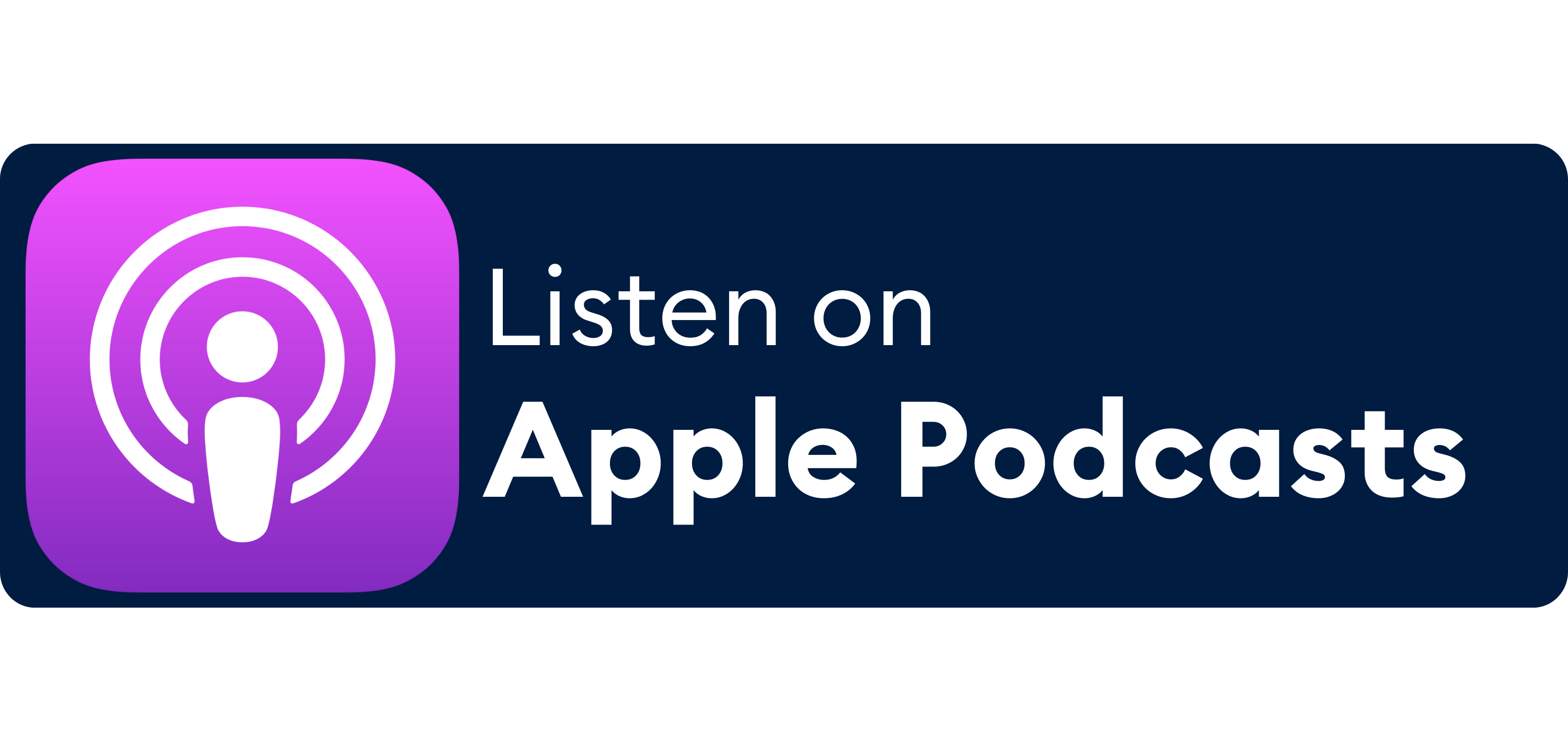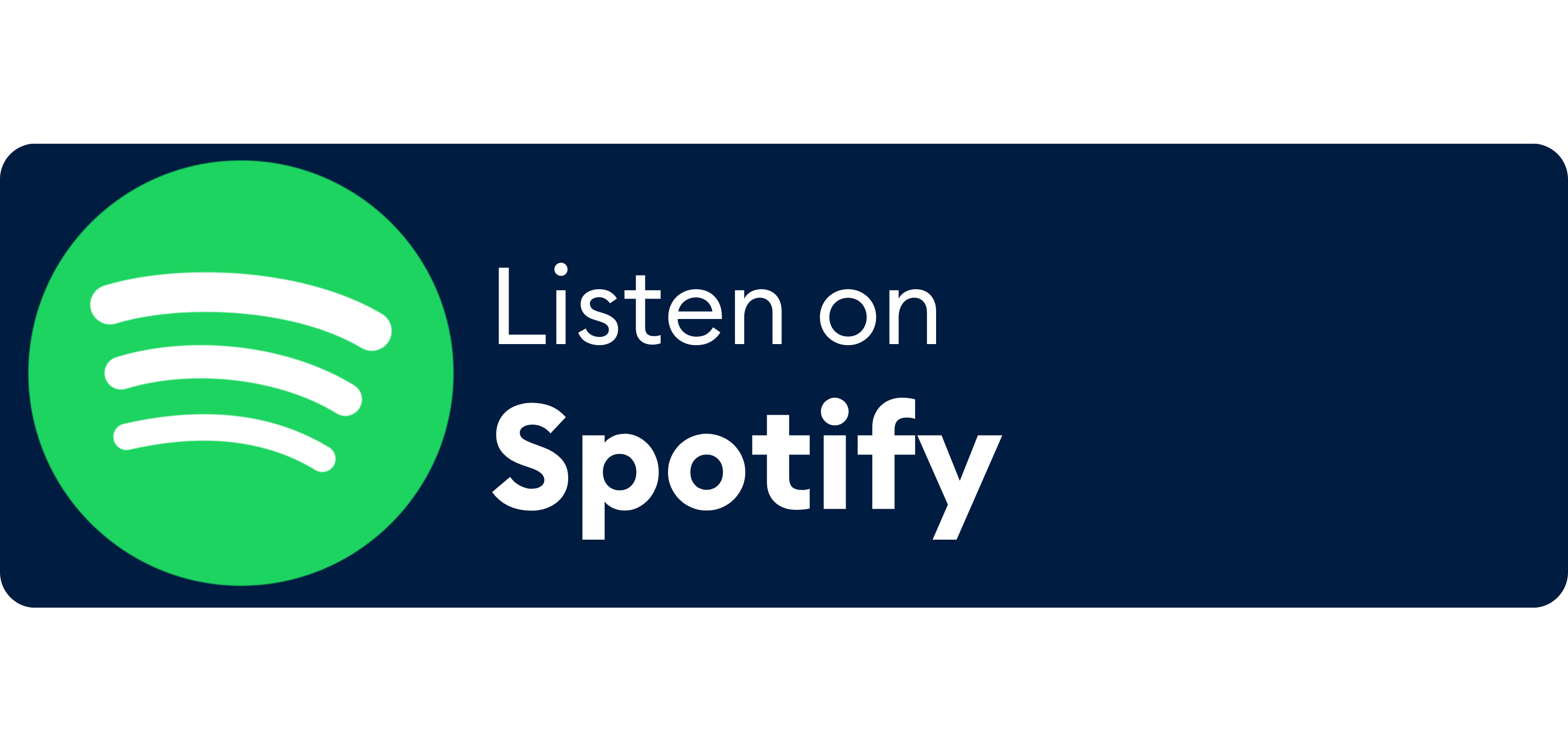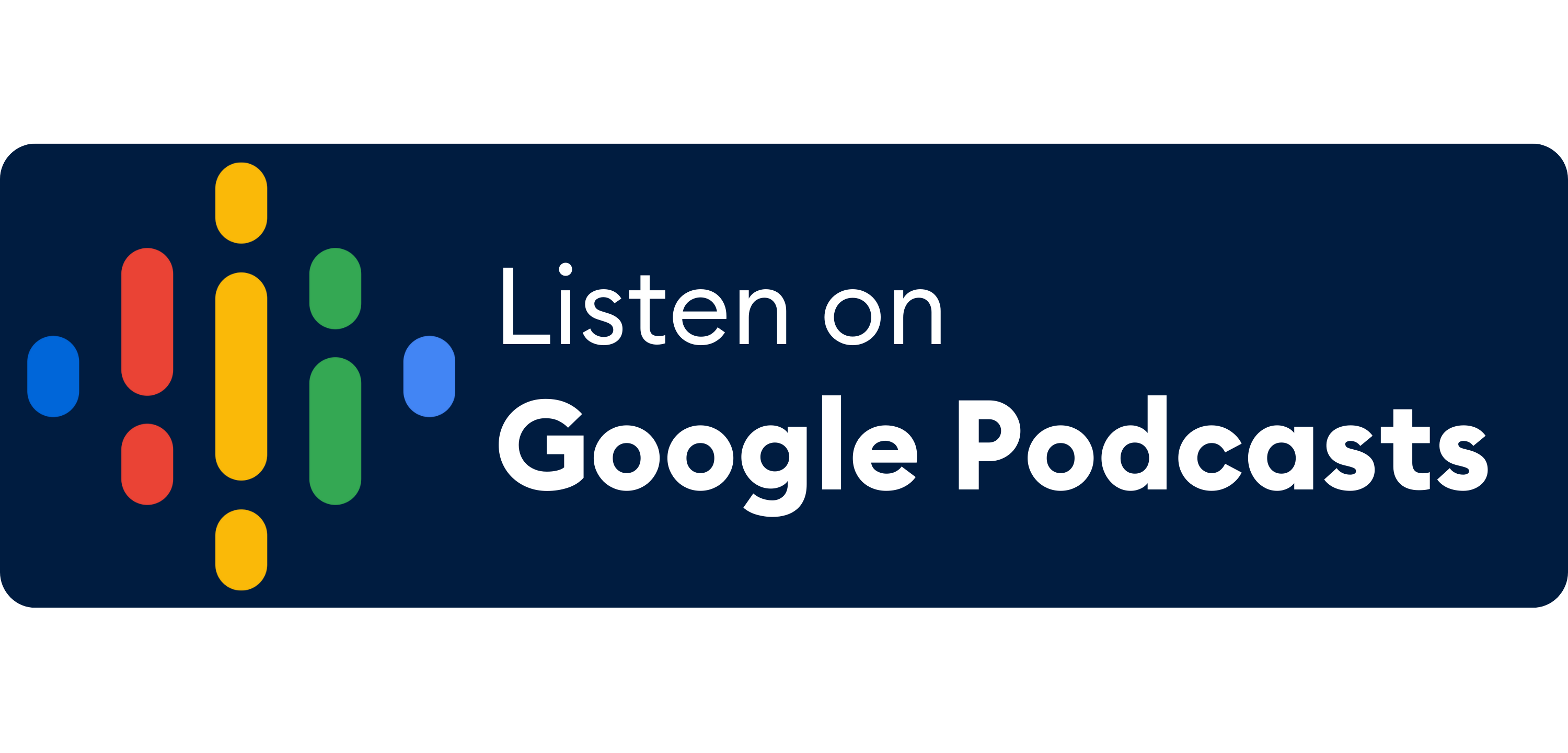Podcast "Let's Talk Cancer": Medicine and misuse – navigating the pain relief divide

Millions of people around the world are living and dying in terrible and preventable pain.
Pain is unfortunately a common symptom in many types of cancer, or a side effect of cancer treatments such as chemotherapy or radiation. However, the production and distribution of medicines, such as morphine, tend to be heavily regulated as potentially addictive substances and due to fears of illicit use.
The burden is unevenly shared. 50% of the world’s poorest populations live in countries that receive only 1% of the opioid pain relief medicines distributed worldwide.
Marking World Palliative Care Day on 14 October, this episode of Let's Talk Cancer explores the pain relief divide with Elizabeth Saenz, Programme Officer for Drug Control and Crime Prevention at the United Nations Office on Drugs and Crime (UNODC) and Michel Kazatchkine, former Executive Director of the Global Fund and a member of the Global Commission on Drug Policy, a group of high-level personalities who advocate for the strict legal regulation of psychoactive substances.
See podcast transcript below
Listen on: Spotify | Stitcher | Apple Podcasts | Amazon Music | Audible | Deezer
Get notified of new podcasts by email
Podcast transcript
Eric Grant: Hello and welcome to Let's Talk Cancer. I'm Eric Grant, communications and media manager for the Union for International Cancer Control, an organization that unites and supports the cancer community to reduce the global cancer burden. I'm filling in today for our CEO, Cary Adams, to speak about the topic of access to pain relief medicines. Pain is unfortunately a common symptom in many types of cancer, particularly in advanced stages caused directly by a tumour pressing on nerves, organs or bones or pain can be a side effect of cancer treatments such as chemotherapy or radiation for severe pain, especially to ensure the comfort and quality of life of end of life patients. Doctors prescribe opioids, including morphine. Their production and distribution tend to be heavily regulated. Today, 50% of the world's poorest populations live in countries that receive only 1% of the opioid pain relief medicines distributed worldwide. By contrast, the richest 10% of the world's population live in countries that receive nearly 90% of the opioid pain relief medications. In this episode of Let's Talk Cancer, we are joined by two distinguished guests. Dr Elizabeth Saenz, Program Officer at the United Nations Office on Drugs and Crime, or UNODC. And Professor Michel Kazatchkine, former Executive Director of the Global Fund to Fight Aids, Tuberculosis and Malaria, and a member of the Global Commission on Drug Policy, a group of high level personalities, including some 15 former heads of state or government who advocate for the strict legal regulation of psychoactive substances. Dr Saenz, Professor Kazatchkine, thank you so much for joining us today to discuss this critical topic for the health and well-being of millions of people around the world who are living and dying in terrible and preventable pain.
Eric Grant: So the first question for Dr Saenz. The International Narcotics Control Board has highlighted the lack of access to essential medicines as a violation of the right to health, how does UNODC view this issue?
Dr Elizabeth Saenz: Well, the first thing is that the United Nations Office on Drugs and Crime absolutely recognises the importance of ensuring the access to essential medicines as a part of the right to health. Controlled medicines, many of them are essential medicines and therefore should be available and accessible to all people who need these medications for any medical condition, but as you very well mentioned at the beginning, in particular for cancer, advanced stages of cancer and for palliative care. Our role is also supporting member states in complying with their obligations to ensure that control substances do not cause harm when they are used for non-medical and scientific purposes. However, striking this balance is extremely challenging because, unfortunately in many countries, of the fear of diversion, especially the fact that these medications can cause dependence and addiction and that when they are used non-medically or for non-medical purposes. Produce a very negative effect in the form of over or unduly restrictive policies that result in the reduced availability or limited availability and restricted access for people who need these medications. Definitely an issue that the UNODC recognises as an essential human right, the access to essential medicines.
Eric Grant: And Professor Kazatchkine, I know the Global Commission has highlighted this in several reports. In fact, in 2015 there was a report specifically dedicated to the problem of access to pain relief, and it found that 75% of the world population had no access to pain relief medication. And this population is mainly concentrated in low income settings. Has this number evolved at all? And and what are what are some of the barriers to accessing pain relief for end-of-life cancer patients and other patients, particularly in low- and middle-income countries?
Prof. Michel Kazatchkine: I'm sad to say that the numbers have not changed much since 2015. Last year, the INCB, the International Narcotics Control Board, published a report and noted that over 82% of the global population had access to less than 17% of the world's morphine based medicines. So there remains a great inequity in terms of access to pain relief medication for people around the world today, despite the fact that the 1961 Single Convention on Narcotic drugs clearly stipulates that adequate provision must be made to ensure the availability of narcotic drugs for medical purposes. Now, what's happening is that most of the countries, I would say, have really essential opioids on their national essential medicines lists, which is a list of medications that the WHO considers to be most effective and safe to meet the most important needs in a health system. However, these medicines are far from being consistently available.
Eric Grant: Why is that? Countries have an obligation to their to their citizens to ensure that they do have access either through the production or the import of sufficient quantities of these medicines. And actually, some of the international organizations we've mentioned, in particular the UNODC, the INCB, who even have a responsibility also to support countries in acquiring these medicines. So why aren't they available?
Prof. Michel Kazatchkine: Well, there are many reasons, but let me list a few of them. Countries are regularly to provide the INCB in Vienna with their estimated needs. And that's where one of the key problems lie, many countries still find it difficult to identify their actual requirements of narcotic drugs and are therefore unable to provide adequate estimates. So that's that's the first reason: underestimation of needs at national levels. The next one is a sort of mindset around opioids, and the priority that is given to preventing the diversion of controlled substances for illicit purposes over ensuring their access for medical and scientific needs. So countries at the end are reluctant or shy and poorly able to estimate real needs. Maybe a third reason is the overly burdensome regulations for prescribing controlled medicines in many countries. Limitations on the types of hospitals or wards where opioids can be administered the dose and length of time allowed by a single prescription. And which clinician or sometimes nurse can prescribe opioids. And one last element that may play negatively is the opioid overdose epidemic in the US of the last seven or eight years. The North American opioid crisis is the result of a number of factors, but it started when limited or, I would rather say, nonexistent regulation allowed the exponential increase of potent opioid prescribing, such as oxycodone and fentanyl, and then their expansion of their use for a broad range of chronic pain conditions. Whereas - and let me remind everyone from the beginning - opioids are the best treatment for acute pain conditions, not chronic pain conditions.
Dr Elizabeth Saenz: I just want to add one factor that I think we also need to consider and that is the capacity of health systems in all the elements that he mentioned, which I completely second and agree with. There is an element of capacity of health systems that we tend to forget. I mean, we countries cannot just be flooded with control medicines they cannot handle. And if the health system's capacity is limited to a certain number of medical procedures that require these medications. I'm not saying that all the issues mentioned do not exist, but the issue of health systems is also very important.
Eric Grant: Let's address the issue of the diversion issue, because it's true that it's framed in the context of a drug convention that, in 1961, called drug use an evil that needs to be eradicated, and a mindset or a stigma has developed around a drug use, fears have developed around drug use. So, how can the UNODC work with governments to balance this, this dual nature where we have a product that can be potentially addictive but that can bring obviously enormous relief to patients in pain?
Dr Elizabeth Saenz: So from production import distribution to warehouses, distribution to pharmacies, prescription dispensing, diversion can occur at any of these points. We need to be able to prevent it, but we also need to be able to detect it and we need to be able to respond. Since January, I am in charge of this program on access to control medicines. It's a joint programme with WHO and UICC. So what I have been doing since January is to look in in detail into what are those strategies or what are those programmes, projects or interventions that are required for us to have a better understanding of where, how, when, who is involved in diversion in specific countries, and then be able to do that, prevent, detect and respond to the issues of diversion. The misuse of these substances usually happens with patients that have been prescribed medication and decide to either increase the dose or extend the duration of the treatment. But nonmedical use, which is people actively seeking the use of these medication for other than medical or scientific purposes, is a huge challenge.
Eric Grant: If I understand you correctly, you're speaking here about recreational use. In other words, using a medicine for pain relief in a way that it wasn't intended when there is actually no pain. And just for the effect of the drug. For this type of drug use, there are obviously the multiple factors that can lead to it. I'm just wondering if in your experience you've seen certain patterns of behaviour or patterns of use and and what may be behind those.
Dr Elizabeth Saenz: And we know that women, when it comes to the nonmedical use of prescription medicines, women are overrepresented compared to the proportion of women using all other forms of drugs. Age groups, for example young people, who use many of these control medicines for for staying awake to enhance or perceive enhancement of their cognition when they are studying and so on and so forth. And also there is a very interesting group that we haven't been looking at, but I am determined to look at at this group, which is the group of elderly people, especially people staying in nursing homes where there might be a lot of diversion and also misuse and non-medical use of these medicines. So we are trying to look at this issue of diversion in a comprehensive manner. Knowing that we can only address this with a multi-sectoral approach is not only in the health system, is not an exclusive activity of the law enforcement and and always with the view to or the main goal of ensuring the availability and securing the access to control medicines for people who need them.
Eric Grant: So before we move on to some of the other barriers, just one last question with the on the issue of diversion, because obviously diversion means then illegal use, illegal means criminalisation. And Professor Kazatchkine, the Global Commission argues for the strict legal regulation of all psychoactive substances from their production to consumption and distribution. How do you feel that that this could help provide greater access and how does that work within the current drug control framework, the manner in which drugs are currently scheduled or classified according to their medical benefits and harms?
Prof. Michel Kazatchkine: I'm really concerned about the impact of this wording of misuse. Diversion, which is immediately negative, is a terminology that is already stigmatising and of course referring to the criminalisation background of of these substances when, you know, hundreds of millions of people use some of these illicit substances everywhere, every day across the world. The very name of that agency, UN agency on drugs and crime, just immediately puts these substances in one category rather than the other. And as you rightly said, Eric, the Global Commission actually argues for the fact that just as for alcohol or tobacco that are far more harmful at society level globally than the current list of illicit substances, we should ultimately aim at moving towards having them regulated. I'm not say saying legalise because people interpret legalisation as availability everywhere for everyone, but rather under strict regulation. Just as alcohol and tobacco cannot be sold to young people in a number of countries. Let's say in Canada, they are specialised shops, and warnings on cigarette packages with specifications that allow everyone to take responsibly the decision to go or not to go for that substance.
Eric Grant: So just to clarify, we're not speaking here when you're talking about legal regulation, having all types of drugs or psychoactive substances like heroin and cocaine readily available in corner shops or even in pharmacies, even with age limits and warning labels, it's really crafting policies that take into account the specific effects and risks to health of each substance and defining a legal framework accordingly. Just for instance, in Switzerland, there is, I think for almost 30 years now, there's a framework for the legal distribution of heroin called the Heroin Assisted Program, where people who have tried all other methods to get off it, and haven't been able to, go to the the hospital in Geneva and receive medical grade diamorphine a couple of times a day. This is what we're talking about when we're talking about the legal regulation. And I think that actually when we talk about the respective risks and dangers of each drug, then we get into the actual classification or scheduling. I think we referred to in the past how each drug is placed in a category. Perhaps you may want to touch upon that.
Prof. Michel Kazatchkine: Narcotic drugs are grouped into what we call four schedules or categories, and they are defined according to their dependence or addictive, if you wish, potential and also therapeutic usefulness. Schedule one is for substances that are considered highly addictive, and that includes, let's say, opium, heroin, oxycodone. Schedule two includes drugs which are considered to be, quote, less liable to abuse and which are more widely used in medicine. And so morphine, which is a heroin derivative used to reduce pain, is in schedule two. But morphine, as we already said, also features in the World Health Organization's model list of essential medicines, clearly illustrated with morphine, is that the pain relief medication appears simultaneously in the model list of essential medicines and in the illicit drugs schedules because of that diversion, quote, misuse potential. I'd like to give two reasons why we consider this as problematic. One is that the scheduling decisions, that is the decision to classify a given substance in one or the other categories is taken by member states. It is first the WHO, the World Health Organization, that through an expert committee on drug dependence, provides recommendations on whether a substance should be or should not be scheduled and in which schedule it should be placed. And then these recommendations are submitted to a vote by member states. But that vote being a vote by member states is a political vote. And we know how tense can be political discussions and how polarized geopolitically the world is today. And the decisions, the votes by the CND can actually go against the expert recommendation of WHO. And the other reason is that the current scheduling of a number of substances actually does not correspond to the evidence base of their relative dangers. And this is something we have known for over ten years, originally from the work of a British scientist, David Nutt, and he's built a sort of multifactorial set of indexes to classify psychoactive substances according to their individual and societal harms. And by the way, in that classification, alcohol again is clearly more harmful at societal level than than heroin. And so we believe that it is time and it has long been time, for the international system to review the current scheduling system to try and find a way out of this tension that is generated by the fact that these medications are both an essential medicine and on the list of illicit drug schedules.
Eric Grant: Dr Saenz, what is your perspective on this?
Dr Elizabeth Saenz: I think that what I would add to what he said is that in principle, the conventions have a public health ultimate goal, which is to protect the people from the dangerous effect of these substances, because it is undeniable that all the substances that are on these various schedules that Doctor Kazatchkine mentioned have psychoactive effects that alter the brain and therefore their use. And it's not that they are illicit per se. They're use outside any medical or scientific purposes is an illegal act. Member States acknowledge and recognise the use of these controlled medicines for medical and scientific purposes, but they are also committed to keep these substances under control in order to to protect people. It is a public health ultimate goal.
Prof. Michel Kazatchkine: If I may, Eric, I fully agree it is a mandate to protect and protection is the one of the key missions of public health. However, currently the way to protect is prohibition of non-medical use of these substances. And that's the problem because prohibition generates the black market. Black market means a big industry, as you know, against which the authorities are fighting by trying to reduce the supply of of these substances on the black market. And that has failed for 50 years, 60 years. The very basics of the supply and demand theory will tell you that demand will be answered by diversion. So what we are saying is that one should recognise that there is consumption of this substance, that there is demand, and the way to protect is not to prohibit, but it is to carefully regulate, again, as we do with every single potentially harmful substance, be it a medicine, be it the radioisotope, be it alcohol or be it tobacco. And then I fully agree with Elizabeth also that the substance in no way is an evil by itself. But please note that this is a wording that is used in the 1988 convention. So there are many things that we should review here.
Eric Grant: How do we ensure that if we are in a situation where these medicines were readily available, that the countries were ordering and receiving the medicines that their populations need, that these will actually be effectively distributed, that they can have the supply chains and the distribution and the and the know-how to be able to prescribe them?
Dr Elizabeth Saenz: That's a very important question. And definitely UNODC is very committed to supporting Member States to make sure that, first of all, they are these medications are available, but when they are available, that they are also accessible to the people who are in need. But there are many strategies or initiatives that could be put in place, like, for example, price reduction strategies. We hear that in some countries of the world, patients are asked to choose between paracetamol, ibuprofen or opioids in a medical condition that requires it, and the prices go from 1 to 5 to $50, $20 - so guess what is the choice? They have to go for the cheapest if they can even afford the cheapest. There are gender dimensions as to the prescription of of of pain. You know, there seems to be an understanding that women can endure pain better than men. So then we need to work on having more support from donors and more aid programmes to really tackle the deeply rooted and complex issues behind the limited availability and access to control medicines. And I want to mention again the issue of health systems, enhancing the capacity of the health systems, because in the end, if a health system can only cater for a proportion of the needs of their population, based on epidemiological patterns, then what is the purpose of flooding the countries with control medicines that no one can prescribe? I think there is a crucial aspect in all of this, which is the training of health professionals. But definitely I am convinced that maybe we need to start working with younger health professionals, younger doctors, a new generation of doctors that have a completely different view about the drugs than 60 years ago.
Eric Grant: Thank you so much. I think I think we go on for for a long time talking about these issues. It's fascinating. But thank you so much for your time and I think we'll end here.
Dr Elizabeth Saenz: Thank you.
Prof. Michel Kazatchkine: Thank you.
Eric Grant: Thank you for listening to Let's Talk Cancer. And if you'd like to know more about access to essential medicines, you can visit our dedicated web page and listen to a podcast on drug shortages and access to medicines. And if you have a moment, please do give us a rating and share the podcast. It really helps us reach a wider audience and inform more people about issues surrounding cancer.
Last update
Friday 13 October 2023




